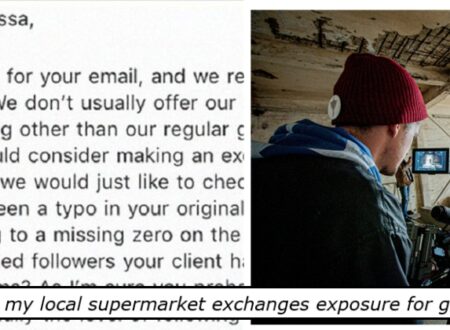How your org can avoid being a victim of the next “SharePoint”

Few cybersecurity threats generate as much alarm as remote code execution, or RCE. This type of flaw allows an attacker to run malicious code on someone else’s device—no physical access required. It’s a chilling scenario: a hacker, potentially halfway across the world, gains the ability to infiltrate systems, steal data, or disrupt operations. What makes RCE vulnerabilities so dangerous isn’t just the immediate impact—it’s the unknown consequences that can follow.
In just a matter of days, a recently disclosed RCE vulnerability in Microsoft SharePoint, the enterprise platform many companies rely on to store and share internal documents, sent shockwaves of concern throughout organizations, leaving many searching for answers as to what they need to know and how they can protect themselves and their customers.
Why did this thing get so big so fast?
The SharePoint vulnerability received a severity score of 9.8 out of 10 on the Common Vulnerability Scoring System (CVSS), which is a standardized framework used to assess and prioritize security flaws. A score that high signals a critical risk, meaning affected organizations should apply the available patch immediately.
The extreme severity, paired with SharePoint’s widespread use in enterprise environments, helped the threat (and the headlines) spread rapidly.
When an attack of this scale occurs, it’s natural to look for something or someone to blame. Outdated or neglected systems are often among the first to be blamed in cybersecurity, but in this case, legacy infrastructure wasn’t the issue. SharePoint is actively maintained, and a patch was already available. The challenge was that security teams typically don’t know what’s vulnerable until a flaw is publicly disclosed—and from there, it becomes a race to assess risk and apply the fix before attackers can take advantage.
Protecting company secrets
The SharePoint RCE vulnerability is a reminder that protecting sensitive information starts with controlling who has access to it. One of the simplest ways to keep intruders out is by using multi-factor authentication—the process of confirming your identity with more than just a password. Yes, it can be a hassle to enter a code from your phone, but that small extra step makes it much harder for attackers to break in.
SharePoint comes with built-in tools that let organizations control who can see and edit files. But those tools only work if they’re used wisely. For example, not every employee needs access to every document. Keeping sensitive files limited to just the people who need them helps reduce the risk if someone does manage to sneak into the system.
It’s also important to watch for unusual behavior—small signs that something might be wrong. If someone’s account suddenly tries to access files they don’t normally use, logs in from an unfamiliar location or gets blocked repeatedly when trying to open restricted content, those are red flags. Many organizations use tools like Security Information and Event Management (SIEM) platforms and user and entity behavior analytics (UEBA) to catch these early warning signs. SIEM tools help security teams monitor activity across the network, while UEBA uses patterns and data to flag behavior that’s out of the ordinary. Together, they can help stop an attack before it causes serious damage.
Now what?
Incidents like the SharePoint vulnerability highlight just how quickly a virtual flaw can turn into a real-world problem—exposing sensitive data, disrupting operations and shaking trust. These events offer organizations a moment to revisit the fundamentals: making sure employees know how to recognize phishing attempts, limiting who has access to critical documents and using safeguards like multi-factor authentication to keep intruders out.
But the real key is consistency. Cybersecurity has to be built into the culture of the organization. That means clear policies, ongoing awareness, and fast action when something feels off. The companies that fare best in the face of threats like RCEs aren’t always the biggest or most high-tech—they’re the ones that stay alert, respond quickly and prioritize cybersecurity as an essential part of the business.
What's Your Reaction?
 Like
0
Like
0
 Dislike
0
Dislike
0
 Love
0
Love
0
 Funny
0
Funny
0
 Angry
0
Angry
0
 Sad
0
Sad
0
 Wow
0
Wow
0



















































![MYLLO’s “Burned” captures the dark side of toxic love and heartbreak [Music Video]](https://earmilk.com/wp-content/uploads/2025/07/MYLLO-800x379.jpg)








































